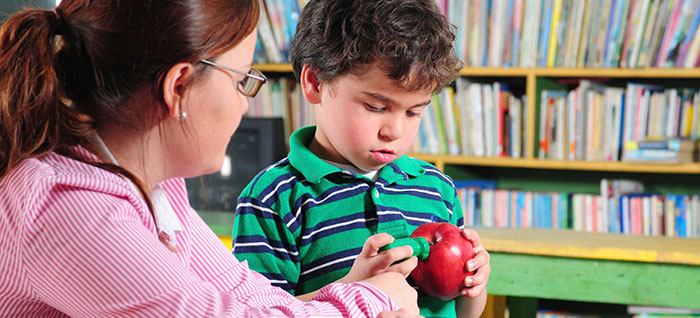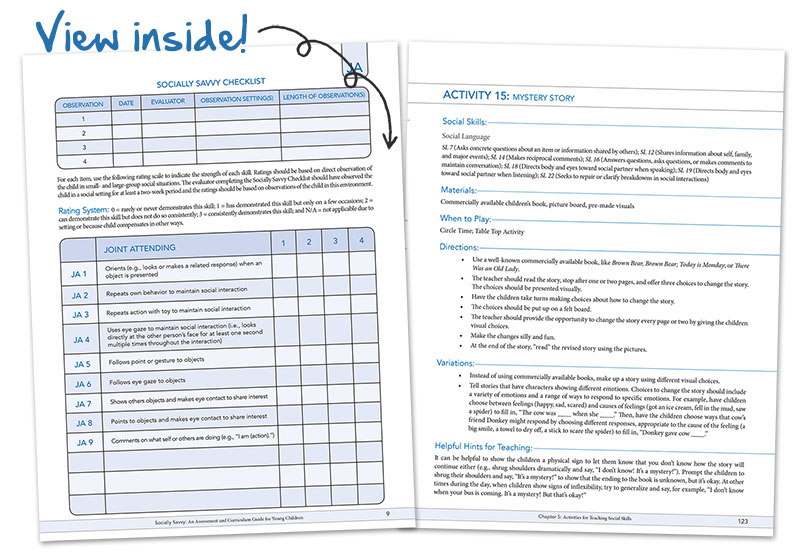Many parents and teachers struggle with addressing vocal stereotypy or “scripting” in children with autism. Since stereotypy is frequently automatically reinforcing, (meaning that the behavior is maintained by the sensation produced by the behavior) it is especially difficult to address. While this type of behavior does occur in typically developing children (think of a young child singing the same song repeatedly for several weeks or a toddler repeating a newly learned sound) there is concern that this behavior persists in children with autism and other developmental disabilities in such a manner that it interferes with learning.
In 2007, William H. Ahearn, Kathy M. Clark, Rebecca P.F. McDonald and Bo In Chung published a study in the Journal of Applied Behavior Analysis entitled “Assessing and Treating Vocal Stereotypy in Children with Autism.” The study defined vocal stereotypy as “any instance of noncontextual or nonfunctional speech and included singing, babbling, repetitive grunts, squeals, and phrases unrelated to the present situation.” It focused on four learners (two boys and two girls) who had autism and were referred for the study because their vocal stereotypy interfered with their ability to learn. The children ranged in age from 3-11. Three of them used speech to communicate while one used PECS.
The study describes potential interventions from previous research before introducing its goal of interrupting the vocal response then redirecting. This is called RIRD – Response Interruption/Redirection. In RIRD, when the child made an inappropriate vocalization, the teacher blocked them by interrupting immediately, then redirecting them to another behavior. The redirection involved prompts for vocal behavior such as saying “Where do you live?” or “Say ‘red.’” When a child made an appropriate vocalization, it was always followed by a teacher comment.
RIRD produced substantially lower rates of stereotypy for all four of the children and an increase in appropriate vocalizations for three of the children. One thing that is striking about these results is that “sessions were 5 min in duration, and two to three sessions were conducted 3 days per week.” This is a degree of time commitment that is replicable in the home or school environments.
If your child or student is presenting with stereotypy that interferes with learning, it is valuable to look at this study, as well as similar studies by Cassella, Sidener, Sidener, & Progar (2011) and Athens, Vollmer, Sloman, & Pipkin (2008). Consult with a BCBA or ABA provider for assistance in implementing the intervention.
![]()
 This social skills group will promote positive peer relationships among teens through role playing, recognizing emotions, social stories, and modeling. This group is ideal for teens who can independently engage in conversation.
This social skills group will promote positive peer relationships among teens through role playing, recognizing emotions, social stories, and modeling. This group is ideal for teens who can independently engage in conversation.



 Assessing Language and Learning with Pictures (ALL PICS)
Assessing Language and Learning with Pictures (ALL PICS) ALL PICS
ALL PICS




 What Do You Say… What Do You Do… In the Community?
What Do You Say… What Do You Do… In the Community?

